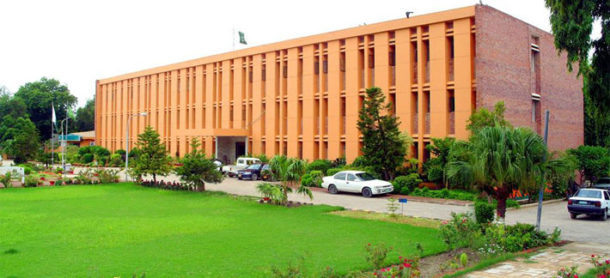Sindh inherits the fertile Indus Valley, which is well known for its glorious past. The excavations at Moen-Jo-Daro speaks about the prosperity of Sindh to produce agricultural commodities. Sindh was the breadbasket and a net exporter of food supplies to the entire sub-continent during the nineteenth century. Located in the extreme south of Pakistan as one of the five provinces. Sindh presents a variety of soil and climatic conditions compatible for growing various cereal, fruits, and vegetable crops and maintenance of a large livestock population.
With the construction of the Sukkur Barrage in Sindh Province (1932), the need for education and training in agricultural professions was realized and translated in the form of the establishment of King George-V Institute of Agriculture at Sakrand, District Shaheed Benazir Abad (Nawab shah) in 1939. Initial 02-year Diploma course was offered, later converted to a three-year B.Sc. Degree. The institute was shifted to its present site in 1954 and was named Sindh Agriculture College Tandojam with specializations in various fields of Agriculture and Animal Sciences.
The college was able to promote agricultural education steadily in the province paving the way for raising the status of the college to the full-fledged university named Sindh Agriculture University, Tandojam established under the Sindh Assembly Act on 1st March 1977, with the main objective of providing the qualified manpower in Agriculture, Engineering and Animal and Veterinary Sciences, well equipped with academic as well as problem-oriented research and capable enough to extend latest agricultural technology to the doorstep of farmers eventually leading to increased agricultural production.
